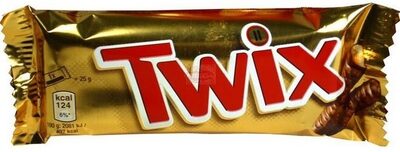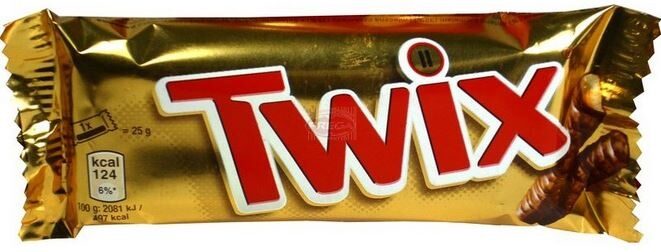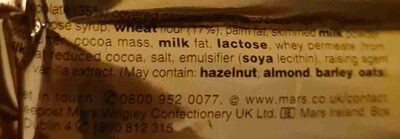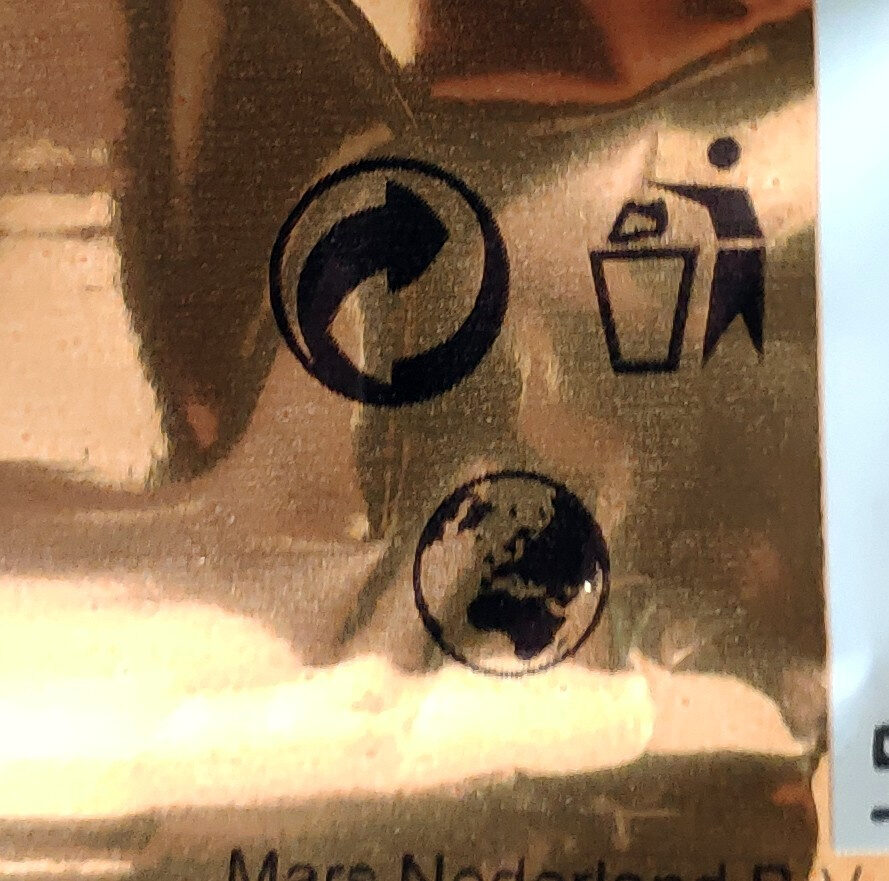Twix Twin - Mars Wrigley - 50.0
This product page is not complete. You can help to complete it by editing it and adding more data from the photos we have, or by taking more photos using the app for Android or iPhone/iPad. Thank you!
×
Barcode: 5000159459228 (EAN / EAN-13)
Common name: Milk chocolate covered caramel and biscuit
Quantity: 50.0
Packaging: en:Plastic, en:Bag
Brands: Mars Wrigley
Categories: en:Snacks, en:Sweet snacks, en:Cocoa and its products, en:Confectioneries, en:Bars, en:Chocolate candies, en:bars-covered-with-chocolate, en:Caramel chocolate bars, en:Caramel chocolate cookie bars
Link to the product page on the official site of the producer: https://www.twix.com/
Stores: Carrefour, Sitis Market, Franprix, Distributeur
Countries where sold: A' Bheilg, Bulgàiria, An Fhraing, A' Ghearmailt, An Ungair, An Eadailt, Maroco
Matching with your preferences
Report a problem
Data sources
Product added on by jeanbono
Last edit of product page on by hashlog.
Product page also edited by agamitsudo, aleene, alia, anticultist, autorotate-bot, averment, bijed, bojackhorseman, cassius-001, charlesnepote, chevalstar, consercaldas, date-limite-app, djallil-med, examplecodefromscanner.B794DCF8-3875-4F22-8AEC-1840CA97A4A8, foodless, foodrepo, g123k, hugopeuze, inf, insectproductadd, jumati, kiliweb, kvliegen, mairoluin, off.03606f1a-0d69-4616-94c5-9f6cf7638e31, olofolleola4, openfood-ch-import, openfoodfacts-contributors, packbot, pricciardi, product-scan-com, pyrka, redspider, roto, rouf, scanbot, sebleouf, stephane, swipe-studio, tacite, tacite-mass-editor, telperion87, teolemon, thaialagata, tib-de-bar, tovkal, wist, wojciech-dopieralski-op-pl, yuka.R3A4SkRKVmMrTlFrbXNSZ3B4ekYrOEJzeEtXT1JrMnhFdk1ZSVE9PQ, yuka.R3BvcVRyVUxudm9rdy9NVjdCUEh5dTVxbG9lMGJIanFjdXNYSVE9PQ, yuka.VDUwK0lvMGMvdHdhaXNRQTR6elAxdXh3NmJHMUFYNmVKc3NLSVE9PQ, yuka.WEo0bkFKc3F0K01EeC9JbjR6N3VvK05hdzU2ekJrbW1jTkV3SVE9PQ, yuka.WVAwRkQvZzVuOFVZdU1jYTBpTEZ4OUIrNWIrdVdsR1BJT1pMSVE9PQ, yuka.Zm80UEdyOWNoS1VPZy9NVHBCWFczTjF4NHFPZ2JUT2JFY3MySVE9PQ, yuka.sY2b0xO6T85zoF3NwEKvllBjacrnrTPVMD_goFbSmI6AN7LoOIEt-IH_Eqs, yukafix, zr91.
Last check of product page on by telperion87.












